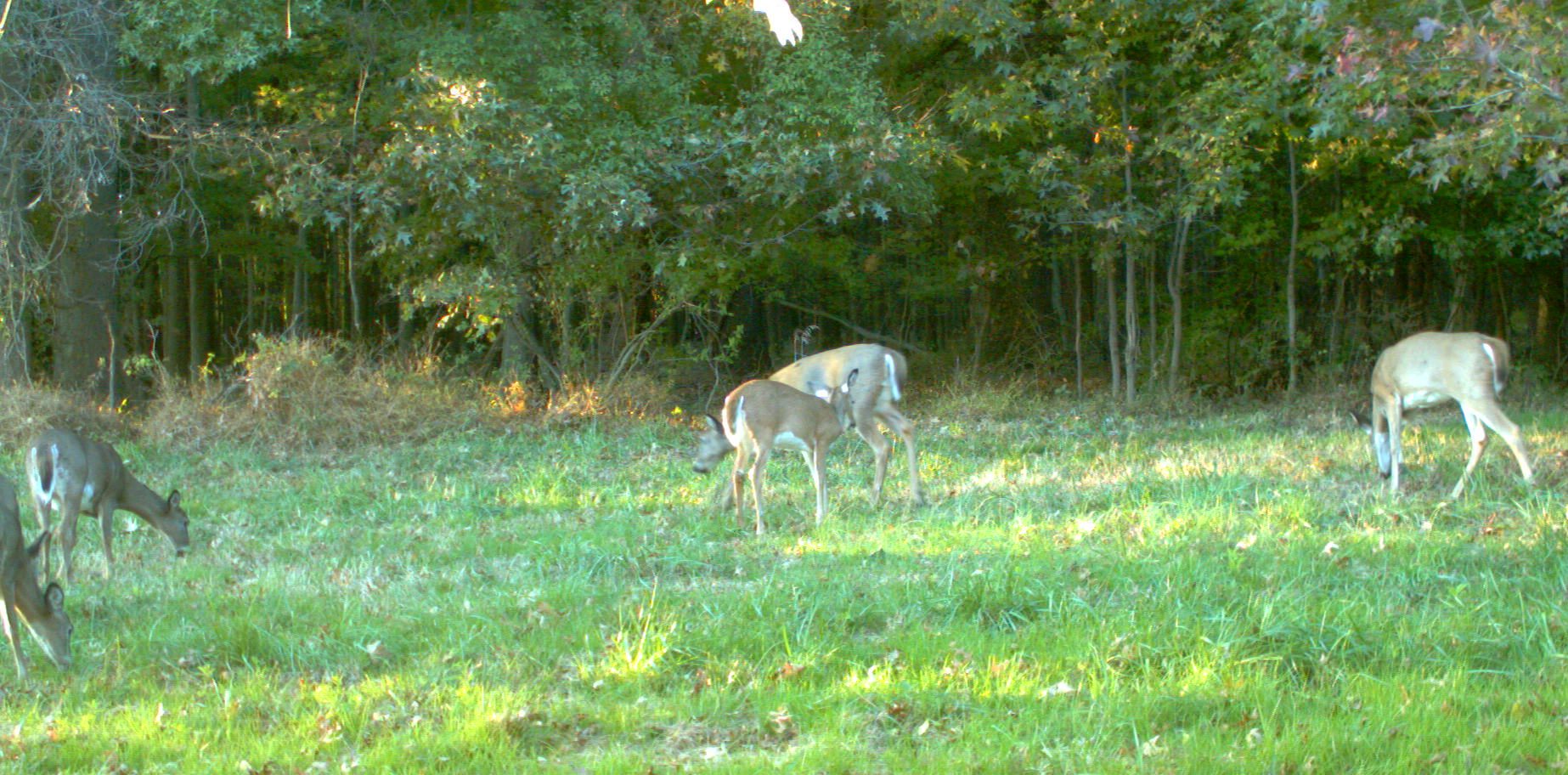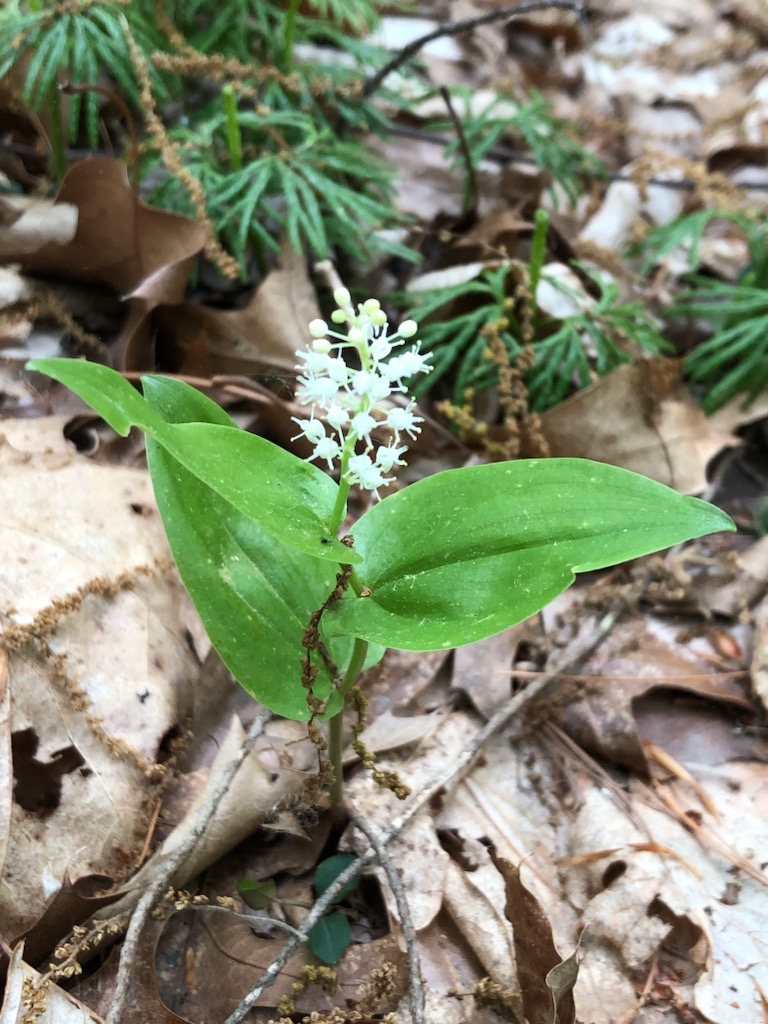This blog doesn’t just write itself. So Duane and I are always looking for fun and interesting stuff to share. It’s not always easy especially after almost 10 years of posts!
I asked Duane if he had any cool trail camera videos to give me some inspiration. Instead, I got a paper published in 2018 titled Soil nutrients indirectly influence intraspecific plant selection in white-tailed deer. Not exactly what I was hoping for but…challenge accepted!
Soil productivity shapes plant communities and in turn has a strong influence on nutrient availability to herbivores. And fertile soils produce more biomass. More food equals more deer. But just because it’s green doesn’t mean it’s good. Deer are known to be selective eaters. Does soil productivity affect deer plant selection? It’s a bit like the chicken and the egg. Plant community structure and animal nutritional demands are linked to soil productivity.
Turns out you can design a study for that. It involves clover, winter wheat, and fertilizer. The conclusion: “Soil productivity indirectly influenced diet selection by altering the phosphorus concentrations in plant tissues.”

It was phosphorus, not biomass, that had a positive influence on deer plant selection and phosphorus concentration explained almost half of the variation in plant selection. What does that mean? If you line up blocks of clover and winter wheat side by side, deer eat from the block that has the most phosphorus. Given that it is the SAME plant, it’s the nutrient content driving the selection. Deer can distinguish phosphorus content in plants!
We know from the Deer Forest Study that the same plant species grown in different forest types have different mineral profiles. But because deer can distinguish nutritional value on a plant-by-plant basis, they can bypass one Indian cucumber for another with more P.
We can characterize soil productivity based on plant communities but there is always variation even within areas. How might the soil productivity vary across a deer’s home range? Are they selecting for one species in one area while choosing another in a different area because of that soil variation and hence plant nutrition variation?
And what does phosphorus taste like anyway? We don’t even have a basic understanding of how herbivores detect these differences in nutritional quality. Put 2 cakes in front of me – one made with whole grain flour and apple sauce and the other made with ultra processed flour and refined sugar – and I’m not sniffing or tasting the difference in nutritional value.
Knowing that they can do it is one thing but understanding how is another thing altogether. But that’s the magic of deer. They know what they need, and they have the means to figure it out.
-Jeannine Fleegle
Wildlife Biologist
PA Game Commission
